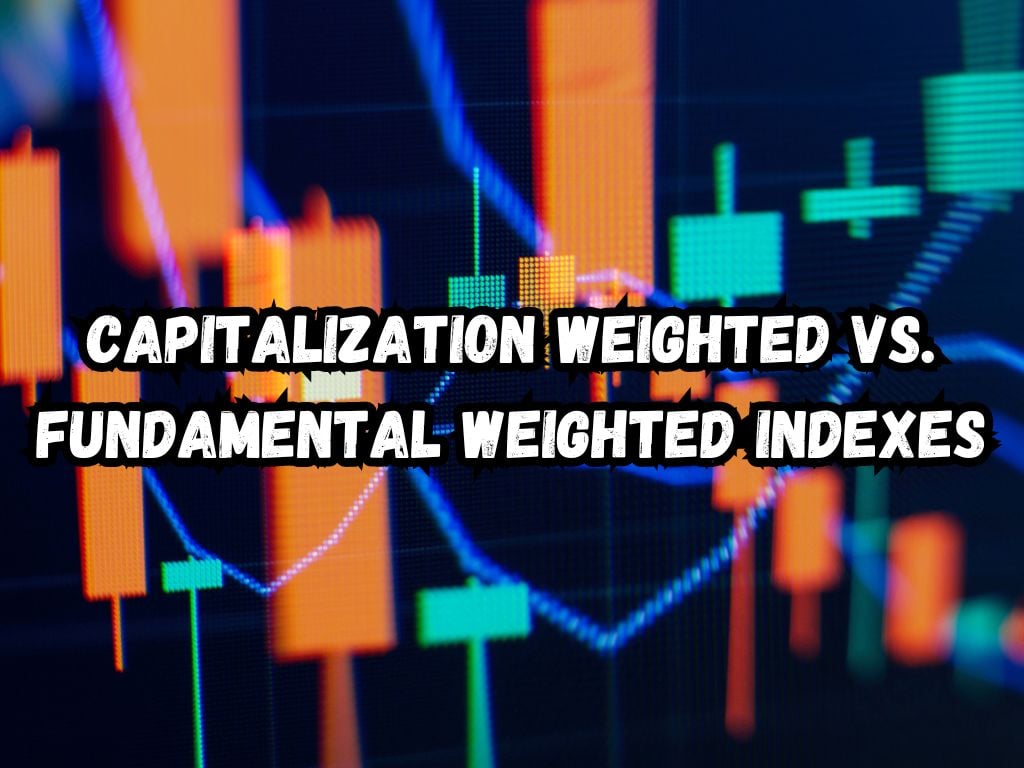Investing in the stock market involves a myriad of strategies, each with its pros and cons. Index funds, a popular choice among investors, come in different flavors.
Two notable varieties are the Capitalization Weighted Indexes and Fundamental Weighted Indexes. Understanding the nuances between capitalization weighted vs fundamental weighted can significantly impact your investment decisions.
Understanding Capitalization Weighted Indexes
Capitalization Weighted, or Cap-Weighted, Indexes form the backbone of what many investors consider the market. In such indexes, companies are weighted according to their market capitalization.
This means larger companies make up a bigger portion of the index. The S&P 500 and NASDAQ are prime examples, dominated by heavyweights like Apple and Microsoft.
The appeal of Cap-Weighted Indexes lies in their representation of market dynamics. They offer high liquidity, making them relatively easy to trade. Also, they incur lower costs due to their passive management style.
However, their strength is also their weakness. The concentration on large caps can introduce risk, potentially ignoring smaller companies poised for growth.

Understanding Fundamental Weighted Indexes
Turning the tables, Fundamental Weighted Indexes use company fundamentals as the yardstick for weighting.
Metrics such as sales, earnings, and dividends influence a company’s standing in the index. This method aims to capture the value overlooked by market cap strategies.
Investors find value in this approach through potentially higher returns and reduced risk. By not overexposing to a few large caps, these indexes mitigate the concentration risk.
Yet, they might come with higher costs due to their more hands-on management approach. Also, they rely on accurate fundamental data, which is not foolproof.
Comparative Analysis: Cap-Weighted vs Fundamental Weighted
When it comes to performance, both indexing strategies have their moments in the sun. Historical data show cycles where one outperforms the other.
Cap-Weighted Indexes may excel in bull markets driven by large-cap performances. Meanwhile, Fundamental Weighted Indexes might offer stability and growth in value-driven markets.
Risk tolerance also plays a crucial role. Cap-Weighted Indexes, with their top-heavy structure, can be more volatile. On the other hand, Fundamental Indexes, by diversifying across fundamentals, may offer a smoother ride.
Understanding your investment goals is critical. Those looking for a market-representative experience may lean towards Cap-Weighted Indexes. Conversely, investors chasing overlooked value might favor Fundamental Weighted strategies.
Market conditions can influence the effectiveness of both models. Monitoring these cycles can guide when to lean more heavily on one strategy over the other.

Pro Tips for Investors
Setting clear investment goals is the first step. Align your strategy with your risk tolerance and long-term objectives.
Diversification can mitigate risks, so consider including both Cap-Weighted and Fundamental Weighted Indexes in your portfolio.
It’s also valuable to dive deep into the methodologies of any index fund you’re considering. Understanding the mechanics will better align your choices with your investment philosophy.
Including both indexing strategies could offer a balanced approach, leveraging the strengths of each.
Case Studies: Real-World Performance Insights
Exploring case studies reveals insightful contrasts in index strategy performance. For example, the Cap-Weighted S&P 500 often surges in technology-led bull markets, given its high concentration in tech giants.
Conversely, during the 2008 financial crisis, Fundamental Weighted Indexes, less exposed to overvalued financial stocks, demonstrated resilience by better maintaining value.
These real-world instances underscore the importance of strategy selection in aligning with market cycles and investment goals, offering tangible insights into each approach’s practical application and potential impact on investor portfolios.
Frequently Asked Questions
Why are Cap-Weighted Indexes more popular?
Cap-Weighted Indexes, being a direct reflection of market dynamics, offer a familiar lens through which many investors view the stock market. Their simplicity and lower costs add to their appeal.
How do dividends affect index performance?
Dividends can enhance returns, especially in Fundamental Weighted Indexes where dividend metrics might boost a company’s weight in the index. Cap-Weighted Indexes also benefit, albeit driven more by the size of the company than dividend strategy.
Why choose Fundamental Weighted Index over Cap-Weighted Index?
If you’re seeking to capitalize on the potential undervaluation of companies not reflected in their market price, Fundamental Weighted Indexes offer an attractive alternative. They focus on the economic footprint of a company rather than its market valuation.
Can you shift between strategies according to market conditions?
Yes, but with caution. Timing the market is notoriously difficult. A balanced, long-term strategy typically outweighs short-term shifts between indexing methods.
How does rebalancing work in indexes?
Rebalancing ensures an index reflects its intended strategy. Cap-Weighted Indexes may rebalance when company valuations change significantly. Fundamental Indexes might adjust more frequently to align with the latest fundamental data.
Conclusion
Choosing between Capitalization Weighted and Fundamental Weighted Indexes involves understanding your investment philosophy, risk tolerance, and goals. Both strategies have their place in the investment world, offering different paths to achieving portfolio growth and diversification.
By weighing the advantages and challenges of each, investors can make informed decisions, tailoring their investment approach for better outcomes in the evolving market landscape.
Considering the complexities and varying conditions of the stock market, a blend of both strategies might provide a balanced, nuanced approach to investing.
As always, staying informed and aligned with your investment goals will guide your journey in the world of index fund investing.


 Tags:
Tags:










